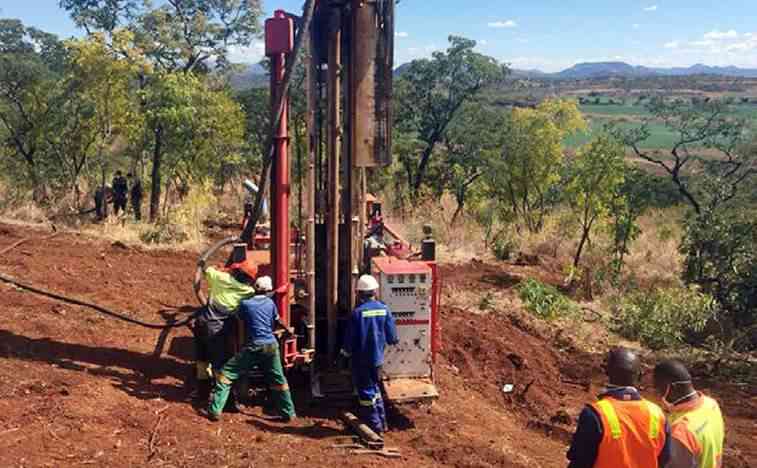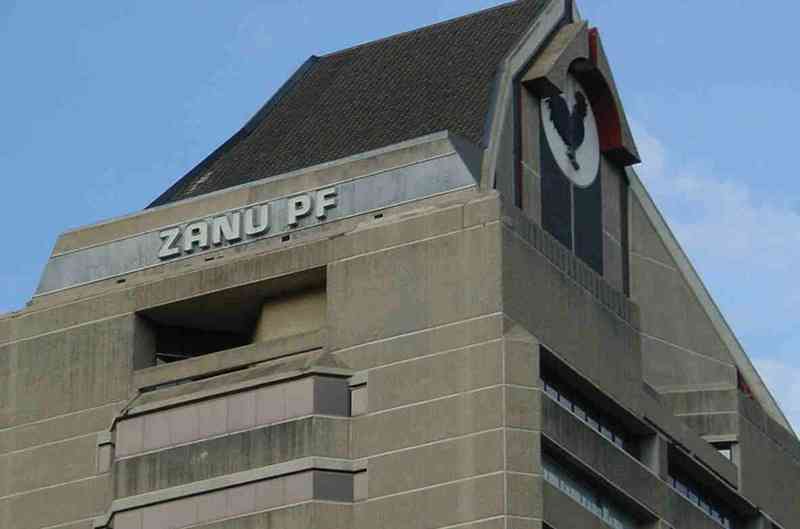
THE construction of Zim Win Mine in Mutawatawa, Uzumba-Maramba-Pfungwe (UMP) district, is almost complete, marking another milestone in Zimbabwe’s rural industrialisation push.
According to officials, the project is 90% complete and is set to be commissioned within two weeks.
With a robust initial investment of approximately US$15 million, the gold mine is projected to produce at least 20 kilogrammes of the yellow metal per month during the first phase.
The mine will also operate a gold processing plant to support artisanal and small-scale miners in the area, helping them to access modern processing facilities and improve recovery rates.
Speaking during a site tour last Saturday, Mines and Mining Development deputy minister Polite Kambamura expressed optimism about the investment climate in the mining sector, especially in gold.
He said the increasing number of local players reflected growing confidence in the industry.
“A lot of investors are going for gold given the surge in prices. We have taken a tour of projects around the country and we have seen more locals than foreigners. With US$15 million already invested here, we are optimistic about the potential for further growth,” he said.
Zim Win Mine manager Shaun Murambidzi said the mine was geared for opening in a fortnight.
- Govt to build residential flats in Uzumba
- Jikinya Dance Festival returns
- Sekeramayi slogan rattles Zanu PF
- US$15m mine to open in Mutawatawa
Keep Reading
“Our target is to produce 20kg of gold monthly. The plant will also serve local miners for processing and we expect to employ around 200 workers directly. Once operational, Zim Win Mine is poised to transform the local economy through job creation and downstream business opportunities.
“The initiative aligns with government efforts to drive industrialisation in rural communities by leveraging on natural resources and decentralising economic activity,” he said.
Zimbabwe’s mining sector continues to play a critical role in the country’s economic development. In 2024 alone, gold output reached an impressive 36,5 tonnes, exceeding national targets and driven largely by increased investment and improved regulatory support.










